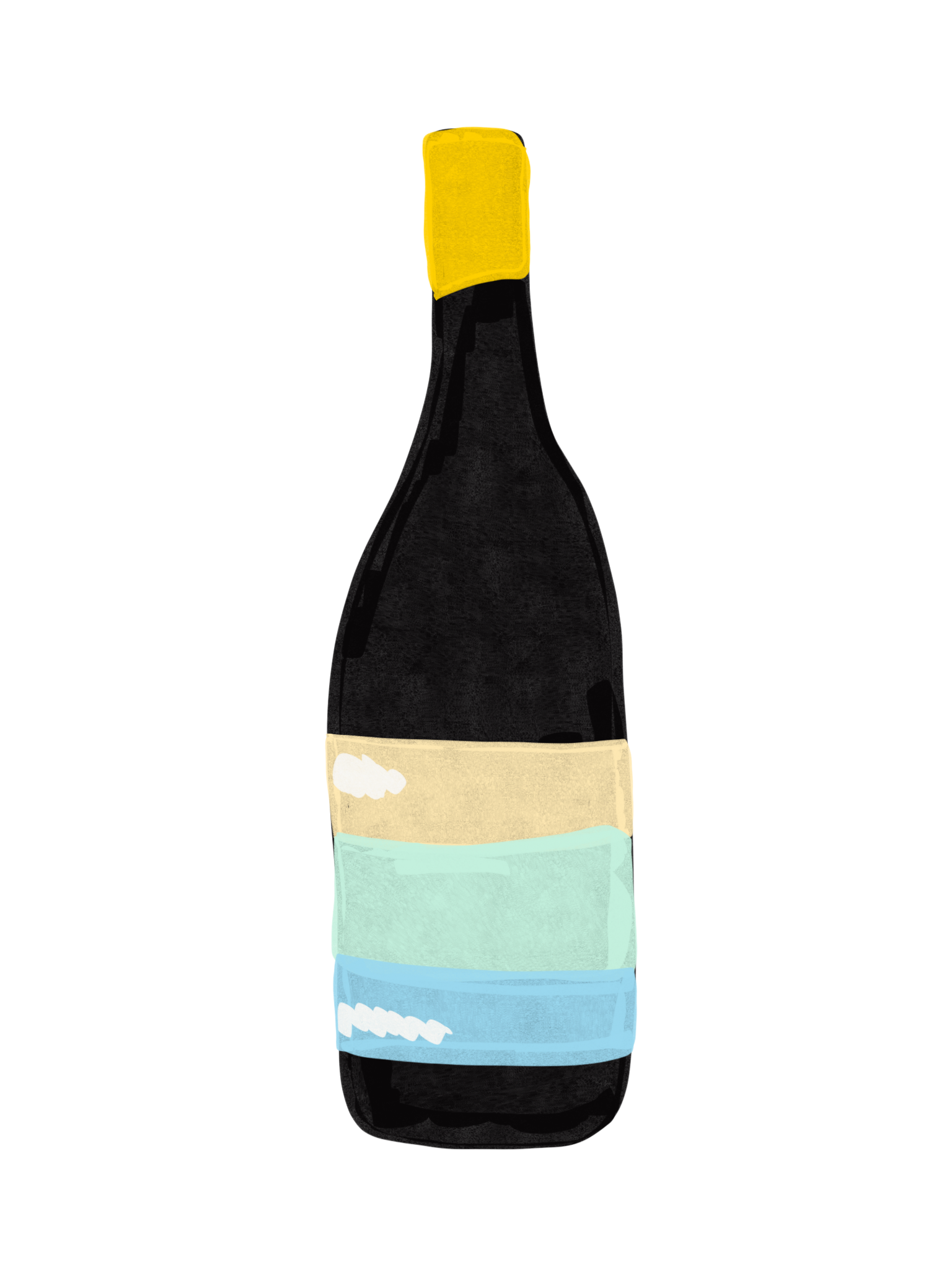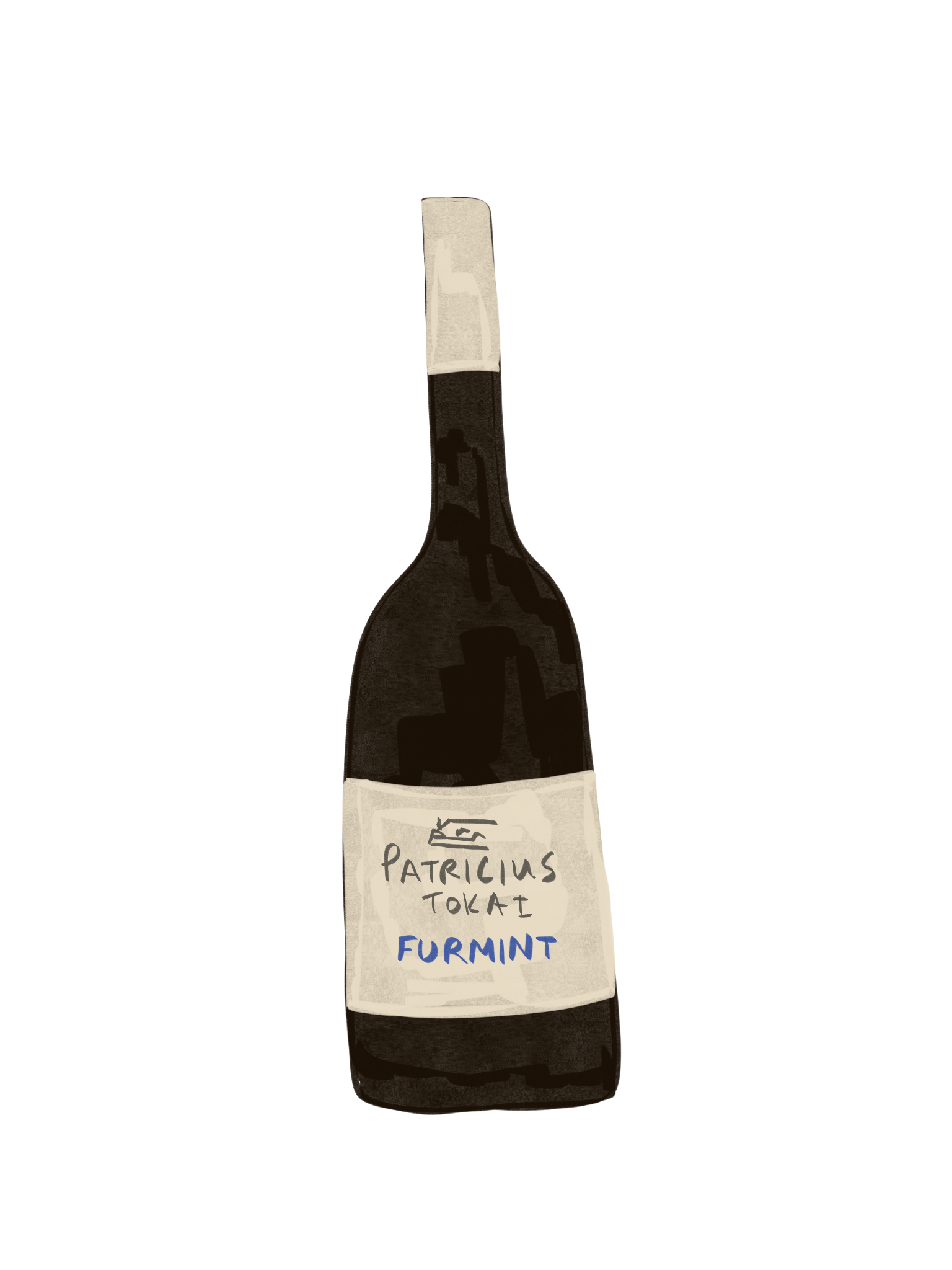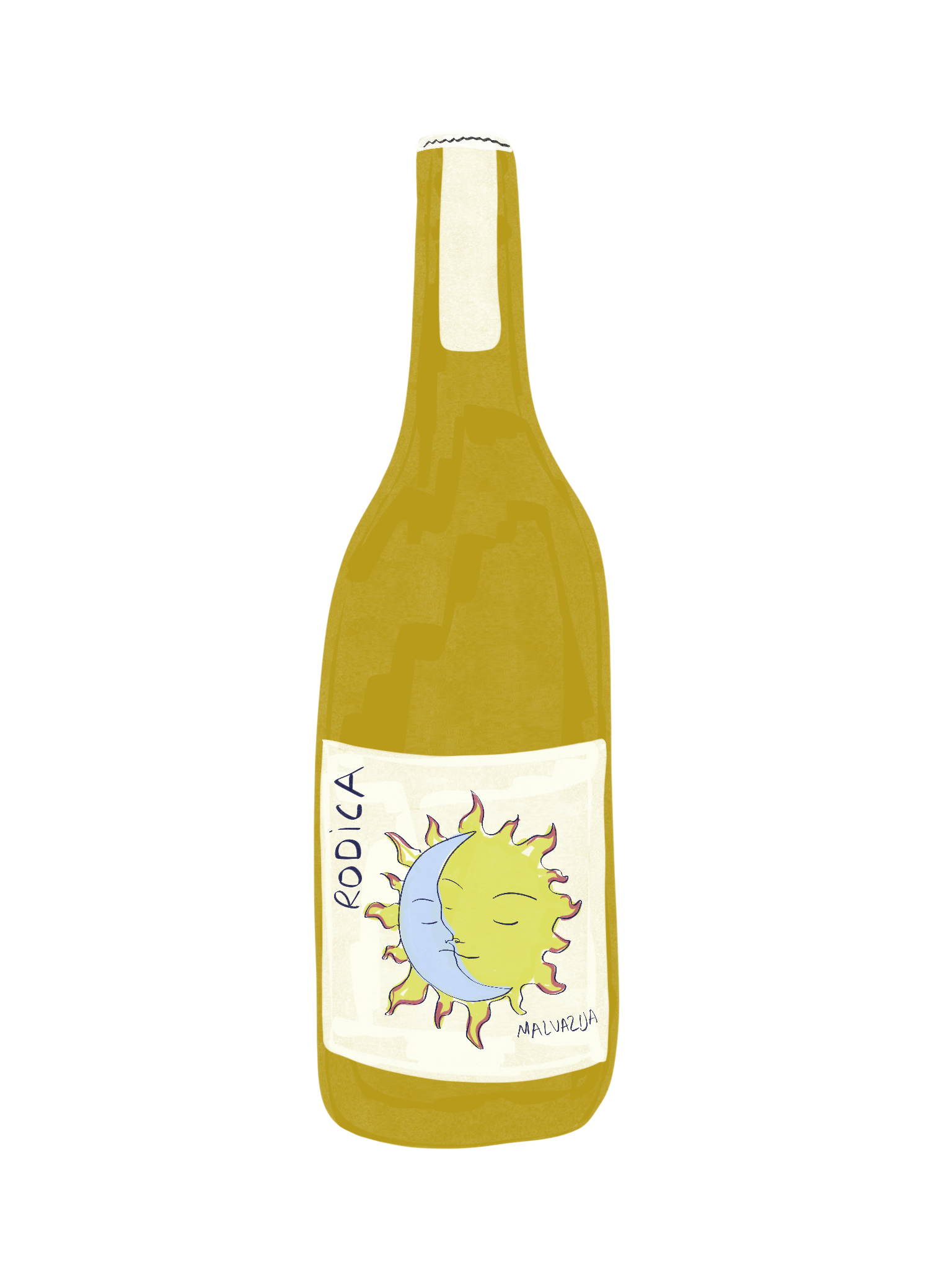6 Central & Eastern European Grapes To Know
From Furmint to Kékfrankos, your go-to variety primer.
Written by Ryan Goydos
We’re all familiar with the Sauvignon Blancs, and the Rieslings – with the Chardonnays and the Pinot Noirs. But regardless of our experimental taste, we’ve done far less to commit native varieties from across Eastern and Central Europe to memory. And as tedious as it may sound to learn a whole new slew of tough-to-pronounce vocabulary terms, we assure you, the intel is well worth the effort. No doubt, it’ll help open your mind – and your palate – to more fun and nuanced things.
So, without further ado, we give you: Your introductory crash course on native grape varieties from Central and Eastern Europe. But bear in mind – we’re only just scratching the surface, here.
Babić
Vinas Mora, “Kaamen”
Babić is a red grape native to the Dalmatian coast of Croatia – an area with a reputation for producing big ‘ol rustic wines with solid aging potential. For fans of a weightier red, Babić gives earthy and fruity aromatics (blackberry, plumb, cherry), while the palette is all about robust, hearty notes of fig, licorice, and even leather or tobacco. While typically dry, these wines tend to have firm tannins and moderate acidity giving the wine a sturdy, structured mouthfeel.
Grown in rocky, karst soils, where vines have to dig deep for nutrients, Babić yields are typically on the lower side – but with highly concentrated fruit. And the combo of lush Mediterranean sun and cool sea breeze help retain just the right amount of acidity in the grapes so as to balance out some of those bolder flavors. And because Babić vines are often old and trained low to the ground, they’re built to withstand the strong coastal winds.
Furmint
Patricius Winery, “Dry Furmint”
Furmint is a white grape primarily grown in Hungary, best known for its role in Tokaji – pronounced like toe-kai – a type of centuries-old traditional Hungarian wine. It’s ultra versatile and often used in both dry and sweet wines, plus it has high acidity (which can make for great aging potential). On the nose, you’ll get notes of green apple, pear, citrus, and sometimes honey – while on the palette, you can expect crisp, mineral-forward punches of citrus. In sweet wines, those elements skew a bit richer: Dried apricots, figs, syrupy plumbs.
This grape grows particularly well in the volcanic soils of Tokaj, where cool climates and long, sunny autumns help develop high acidity. And while Noble Rot (Botrytis, a fungus that impacts grapes) often affects the fruit in the area, the affliction can be an asset for sweet wines – “Tokaji Aszú” – for all the ways it shrivels the grapes, concentrating sugars and flavors.
St. Laurent
Weingut Schödl, “Sankt in Natura”
St. Laurent is a red grape native to Austria (though it’s also popular in the Czech Republic, and Germany). It often gives way to elegant, medium-bodied wines with vibrant acidity and rich fruit flavors. In fact, people will often compare it to Pinot Noir for its similar fruity and floral aromatics (cherry, plum, raspberry, and a hint of violet). While it can be used in sparkling wines or rosés, classic reds made with St. Laurent are plenty fun to drink when they’re exceptionally young and fruit forward as well as when they’ve been aged. On the palate, expect juicy flavors like red berries, dark cherry, and plum, along with spices (like clove or pepper) and soft tannins. Some versions even show a touch of chocolate or earthiness.
Generally, St. Laurent thrives in cooler climates – specifically throughout central Europe, thanks to the long growing season (which allows for flavor to develop fully without losing freshness). While St. Laurent can be grown in a variety of different types of soil, it does especially well in limestone-rich areas for the sake of added mineral complexity. On the other hand, the grape is ultra sensitive to frost, so it requires a good deal of careful cultivation on the part of the winemaker.
Malvazija Istriana
Rodica, “Sparkling Malvasia”
Malvazija Istriana is a white grape variety primarily grown in Istria – a region that spans parts of Croatia, Slovenia, and Italy, that’s known for producing fresh, super aromatic wines. (bouquets of white flowers, stone fruits, and apricots on the nose). Tasting notes, then, give crisper more stoney elements: Green apple, almond, herbs, and a bit of salinity. Wines made with Malvazija Istriana generally skew dry and fresh, with good acidity and a smooth, round texture.
Grown in Mediterranean climates with lots of sunshine and cool breezes from the Adriatic Sea, these grapes maintain fantastic, ripe acidity, with a breezy salted quality. Plus, the region’s limestone soils contribute minerality, which is a defining feature of the grape. And while most Malvazija Istriana is made into crisp, refreshing dry wines (perfect for pairing with local seafoods and grilled vegetables), it’s also used to make more structured skin contact wines – and there’s even interest in using the variety in the production of sparkling wines.
Kékfrankos
Kékfrankos is a red grape variety, primarily grown in Hungary – but it’s also popular in Austria (where it's known as Blaufränkisch), Slovakia, and Germany. Celebrated for its bright acidity and spicy, fruity character, Kékfrankos is one of those grapes that you’re sure to be hearing more and more about.
Filep, “Kékfrankos”
The fruit tends to thrive in continental climates, benefiting from warm days and cool nights that allow the grapes to ripen slowly while retaining acidity. Kékfrankos does especially well in loamy soils and limestone-rich areas – and it’s disease-resistant, so it thrives in hilly terrains – particularly in regions like Eger and Sopron in Hungary.
Kékfrankos is versatile as hell. It can be made into approachable, young wines or more complex, age-worthy reds, and it even works well in rosé. And yes, the grape is certainly on the rise as one of the key red grapes in Hungary and Austria. Long story short, in the campus of European reds, it’s giving Gamay a run for its money.
Rkatsiteli
Rkatsiteli is an ancient white grape variety native to Georgia, one of the world’s oldest winemaking regions. And it’s got range. The grape elicits everything from fresh, crisp whites to amber wines (also known as Qvevri wines). It’s the most popular grape variety in Georgia by hectare – in fact, it accounts for 43% of vineyard plantings in the country – and it’s native to the Kakheti region of Eastern Georgia.
Nikalas Marani, “Rkatsiteli Amber”
As for flavor, Rkatsiteli is fresh and green with notes of apple, pear, citrus, and white peach – often with a subtle herby, honeyed kick. When made in the traditional qvevri style, it can have earthy, nutty, and tannic elements with loads more texture, tannin, and richness.
Rkatsiteli tends to grow well in continental climates, especially in regions with hot summers and cool autumns. The grape is known for its hardiness. It’s tough – so it’s able to withstand cold winters and still produce high-quality fruit, making it popular in regions with more extreme climates (parts of the United States, Russia, and Eastern Europe). And yes, while the grape screams GEORGIA through and through, you can find it more globally – winemakers are even planting quite a bit of it in New York’s Finger Lakes region.







